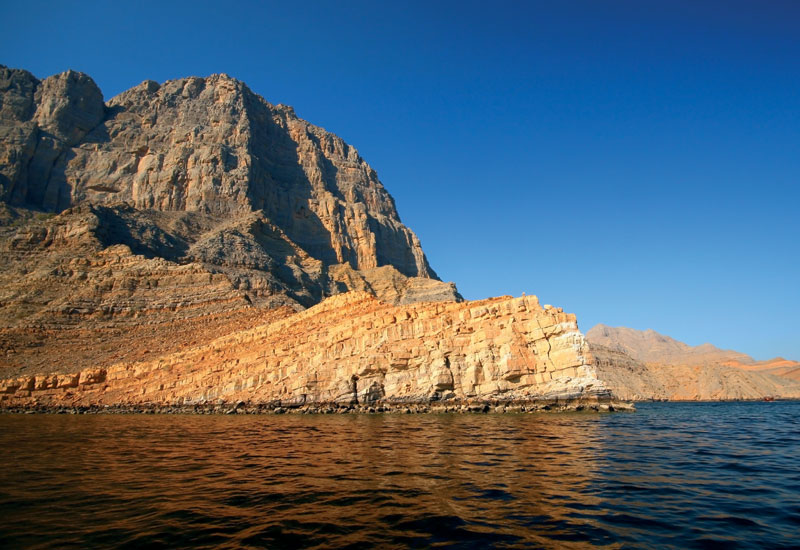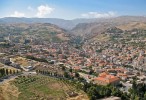Arabian Travel News discovered why GCC residents should be packing their bags and heading for Oman’s mountains for a great short break this summer
More than half of travel agency business was generated from people travelling between GCC countries during the first quarter of 2009, according to wholesalers Gullivers Travels Associates (GTA).
With a reported drop in traditional European markets of around 50% across the board; agents, hotels, suppliers and governments are targeting the regional market, but for the Sultanate of Oman, this is not a new trend.
“Intra-regional travel to Oman from the GCC is already the largest inbound marketand is still growing,” according to Oman Tourism GCC representative Mark Senior.
“They’re coming for short breaks at the weekend for two to three nights; primarily for leisure purposes,” he says.
Most head to cool Salalah in the South, where daytime temperatures peak at around 30°C. Here, the summer season is also known as ‘Khareef’ as the Qara Mountains draw light monsoons from India, resulting in the formation of lush green countryside.
Visitors to Salalah between July 15 and August 31 can enjoy the Salalah Tourism Festival, with its wealth of entertainment in celebration of Arabian culture.
“Muscat is still quite hot during the summer, but it’s a meeting point for rich oil companies year round,” explains Senior.
However, he says the capital,which is just a 90-minute drive from the mountains, has also seen an influx of budget travellers looking to pick up an out-of-season bargain.
“Our partnerships with Oman Air and Muscat hotels means there are some good rates going. You can buy an air ticket and two night’s B&B in a four-star hotel for around US $271 — cheaper than if you were just buying an air ticket,” says Senior.

Advertisement
While Oman has always been recognised as a “big-time family destination”, an increasing number of young groups are being enticed by affordable adventure holiday deals. Activities range from the soft to the extreme, including climbing, caving, cycling, paintballing, diving, dune bashing and kite boarding.
Keeping up with the industry’s latest travel trend, Oman is also establishing itself as an eco-tourism destination.
Around 30,000 turtles nest on the beaches of Ras al-Jinz in the South East and since the Ras al-Jinz Scientific and Visitor Centre opened six months ago, guests can book a ranger to take them to see the turtles at night in their natural habitat.
The centre is focused on preserving the environment and retaining Omani communities. “Staff are all Omani-born, restaurants serve fresh fish caught by local fishermen and in the gift shop you’ll find staff handcrafting traditional Omani jewellery,” says acting marketing manager Céline Géraud.
Just over an hour’s drive away, visitors will stumble on another treasure new for this summer; the Jebel Shams Base Camp.
This mountain camp offers four-star standard, private facilities comprising six bungalows and Bedouin-style air-conditioned tents, and is a great place to explore the Gulf’s highest mountain range with breathtaking views.
Senior also mentions that European expatriates from the Middle East are attracted by Oman’s architecture, monuments and more than 500 ancient forts and castles dating back thousands of years.
And if there’s still time on the itinerary, suggest a night sleeping under the stars on the top deck of an air-conditioned dhow cruise.
“We want the growing GCC market to continue to grow,” says Senior, who explains the Oman Tourism board has dedicated more than half its annual budget to working with the region’s travel trade, rolling out cooperative marketing and training programmes.
New Park Inn town
Having opened in March, The Park Inn, Muscat, claims to be the newest hotel built in Oman in four years.
The 175-room hotel is located on the main highway linking Muscat International Airport to the capital’s central business district Ruwi.









 Search our database of more than 2,700 industry companies
Search our database of more than 2,700 industry companies









